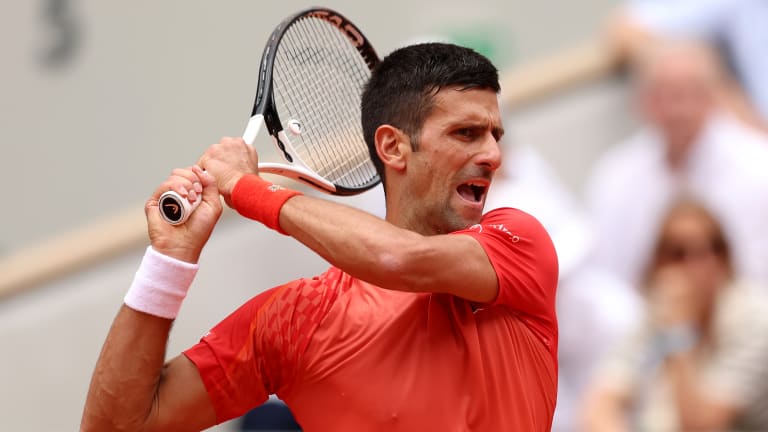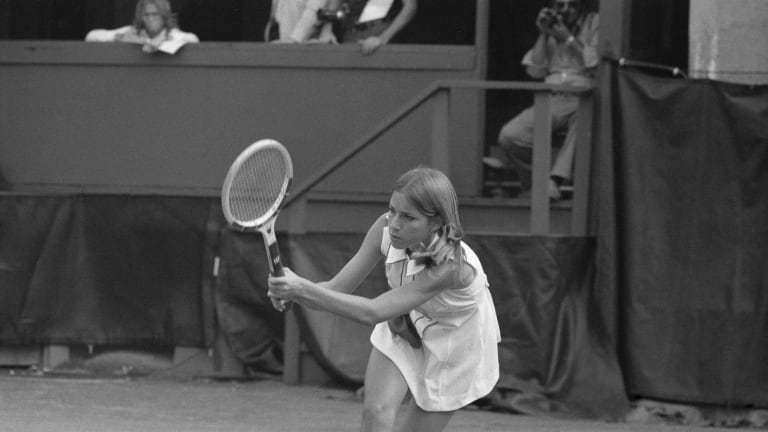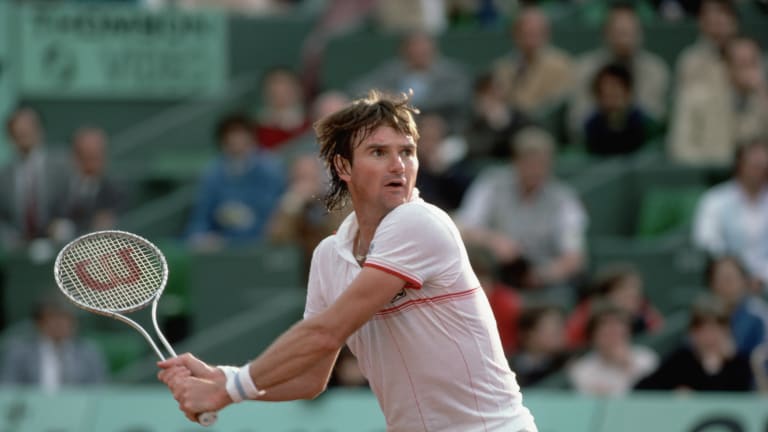Beauty and the Beast: One-handed versus two-handed backhands
By Jun 14, 2023GOAT Race
No. 3: Djokovic “closes his eyes” and hits two huge, match-saving forehands against Federer at 2010 US Open
By Jun 25, 2023Your Game
Tech Talk: Donna Vekic’s 2023 surge starts with the serve
By Jun 22, 2023ATP London, Great Britain
Carlos Alcaraz: Rested, recovered and ready for grass season at Queen's Club
By Jun 17, 2023Social
Iga Swiatek speaks at Rafael Nadal Academy graduation
By Jun 15, 2023Facts & Stats
Novak Djokovic: 23 stats for his record-breaking 23rd Grand Slam title
By Jun 14, 2023Novak Djokovic's seemingly endless excellence is the top story of the 2023 ATP season so far
By Jun 12, 2023Roland Garros
Analysis: Novak Djokovic has 23 Slams, so is he the GOAT? He leaves that debate to others
By Jun 12, 2023Roland Garros
Novak Djokovic returns to ATP No. 1 with his 23rd Slam title; Iga Swiatek stays at WTA No. 1
By Jun 12, 2023Facts & Stats
Ranking Reaction: Novak Djokovic is back at No. 1 after record-breaking run at Roland Garros
By Jun 12, 2023Beauty and the Beast: One-handed versus two-handed backhands
A shift in the past 15 years has, arguably, transformed the two-hander into the most important live stroke in tennis.
Published Jun 14, 2023
Advertising
Advertising

Textbook, exceptional, you name it: Djokovic's backhand is as good as they come.
© Getty Images
Advertising

The greatest story in sports history
A look back at how two sisters from Compton changed tennis forever.
Advertising

A 16-year-old Evert made the 1971 US Open semifinals in her major debut.
© Bettmann Archive
Advertising
Advertising

His mean backhand helped Connors lift a men's record 109 tour-level trophies.
© Corbis/VCG via Getty Images